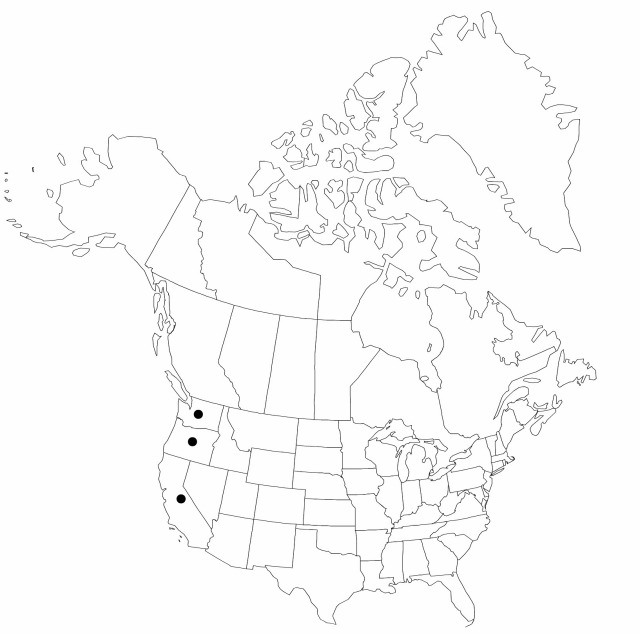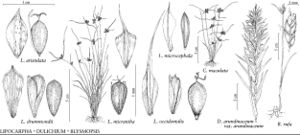Difference between revisions of "Lipocarpha occidentalis"
J. Arnold Arbor. 68: 410. 1987.
IllustratedEndemic
Basionym: Hemicarpha occidentalis A. Gray Proc. Amer. Acad. Arts 7: 391. 1868
imported>Volume Importer |
imported>Volume Importer |
||
| Line 58: | Line 58: | ||
|publication year=1987 | |publication year=1987 | ||
|special status=Illustrated;Endemic | |special status=Illustrated;Endemic | ||
| − | |source xml=https:// | + | |source xml=https://bitbucket.org/aafc-mbb/fna-data-curation/src/2e0870ddd59836b60bcf96646a41e87ea5a5943a/coarse_grained_fna_xml/V23/V23_345.xml |
|genus=Lipocarpha | |genus=Lipocarpha | ||
|species=Lipocarpha occidentalis | |species=Lipocarpha occidentalis | ||
Latest revision as of 21:40, 5 November 2020
Culms 0.5–5 cm × 0.2–0.3 mm. Leaves 0.5–3 cm × 0.5–1 mm. Inflorescences: spikes 1(–2), globose (to ovoid), 2–3 × 1.5–3 mm, bristly; bracts 2–3, 0.4–2 cm 0.3–0.6 mm. Spikelets: floral scales 2; 1st scale narrowly obovate, 1.8–2.8 × 0.2–0.4 mm, widest proximal to mid length, apex long-acuminate, to 0.6–1.4 mm; 2d scale oblong, 0.6–0.8 × 0.2–0.3 mm; 3d scale absent; stamen 1; anther 0.2 mm; stigmas 2. Achenes obovoid, 0.5–0.8 × 0.3 mm, 1.5–2.5 times long as wide.
Phenology: Fruiting late summer–early fall.
Habitat: Emergent shorelines.
Elevation: 0–1500 m
Distribution

Calif., Oreg., Wash.
Discussion
Selected References
None.
Lower Taxa
None.
